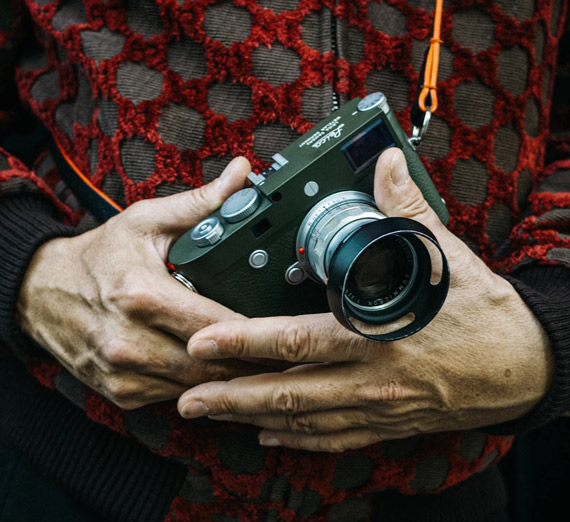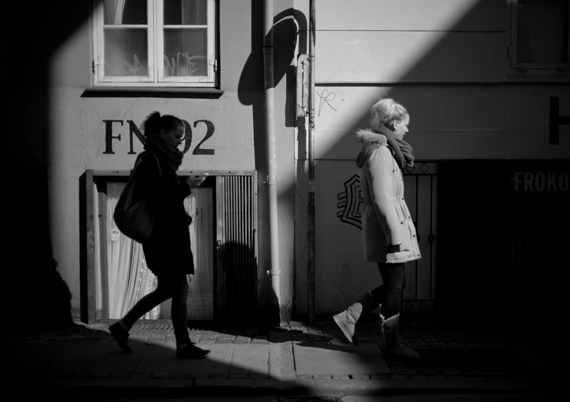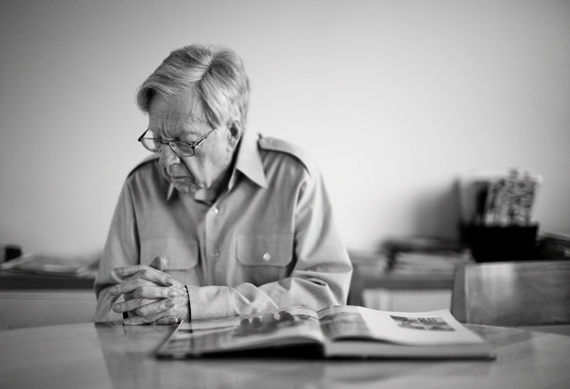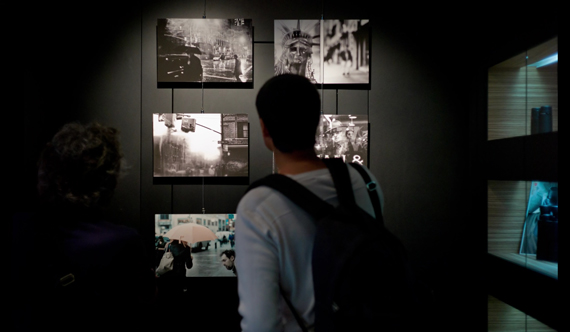Like most other things in life, photography is a skill that you never stop learning. You learn something new every time you go out with your camera. Meet and talk to other photographers, and each will have something new and exciting to share. Danish writer and photographer Thorsten von Overgaard shares five important things every photographer should know:
1. Always Wear a Camera
Treat your camera like your clothing. Like any other piece of clothing, the camera and the strap should fit your body size. Get yourself a smaller camera if you find DSLRs to be bulky. Convenience matters a lot when you’re carrying your camera around.
“Wearing a camera all the time also means that you don’t have a lens cap on and the camera is turned on.”
The idea of wearing a camera means that it should be ready to shoot when you come across something interesting. If you waste time waiting for the camera to be ready or trying to get the lens cap off or fiddling with the settings, the moment will be gone. Overgaard likes to set his ISO to 200, white balance to Auto and set the camera to take continuous photos. This way, he’s ready to take photos any time he’s walking around with his camera.
2. Start Seeing the World From the Camera’s Eyes
Once you wear a camera, let it be a part of you. Specifically, let it be your eyes. Start looking around and seeking photo opportunities.
For Overgaard, the entire photography process consists of the following three steps:
- Observe the world. What’s happening around you?
- Take the photo once you identify an opportunity and decide what to capture. This is the technical part.
- Edit your photos and select your final shots. Be sure to share your best photos. That’s important, too.
3. Edit Your Work Every Day
“I try to edit my pictures that I did that day, on the same day.”
When in the field taking photos, you might think you nailed a particular shot. But later, when you see it on a bigger screen, you might notice something off—maybe the composition or focus. Editing your work the same day will give you a fresh perspective when reviewing your work, and if you notice discrepancies, you get the chance to go back to that place the next day and correct your mistake.
Also, completing one work will motivate you to get out and shoot some more. Your edited images might inspire you to photograph more and make you learn more in the process.
4. Expose for the Main Subject
Cameras today are great, but the light meter can still get confused with all the light around your main subject. As a photographer, it’s your duty to ensure that your subject is exposed well.
“If you have a person’s face in focus, that face is the one you expose for. You don’t expose for the background, the foreground or anything else.”
Doing so gets rid of most of the confusion in photography. Viewers will be directed to what they should be paying attention to.
5. Don’t Be an Unpublished Writer
It’s important that your work gets valued and that people recognize your work. Once you take photos, publish them so that others can see what you do. This doesn’t necessarily mean that you need to set up an exhibition in an art gallery right away. Start by sharing your images via social media, personal blogs, or show them to your friends and family members through your mobile devices.
“Sharing your photos will also make people comment and you will see things that you didn’t see.”
Whether you ‘re a beginner or a working professional, these five points from Overgaard make sense. Keep them in mind and make the best out of them each time you’re out with your camera.
Like This Article?
Don't Miss The Next One!
Join over 100,000 photographers of all experience levels who receive our free photography tips and articles to stay current:











Leave a Reply